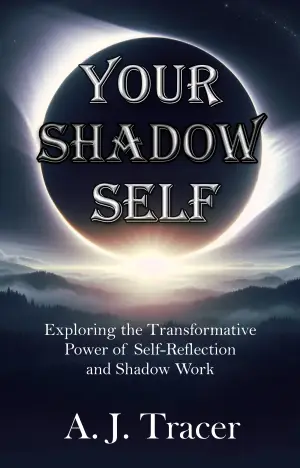Reflecting on Self-Talk: My Journey with "What to Say When You Talk to Your Self" by Shad Helmstetter
When I first picked up “What to Say When You Talk to Your Self” by Shad Helmstetter, I was drawn in by its promise of transformation through the simple act of changing how we converse with ourselves. As someone who has often found my inner dialogue laced with doubt or negativity, I was eager to explore the concepts Helmstetter unpacks within this timeless classic on personal growth.
Helmstetter, with his background as a renowned psychologist, expertly guides readers through the notion that our self-talk is not just idle chatter; it is a powerful force that shapes our beliefs, emotions, and ultimately, our realities. The book opens with the fundamental premise that much of our internal programming—potentially up to 75%—is negative and counterproductive. It was enlightening for me to see how this reflects real-life experiences; the negative thoughts that often creep in during moments of self-reflection.
Throughout the book, Helmstetter emphasizes the importance of replacing these harmful narratives with positive affirmations, practical statements that foster a healthier mindset. This resonates with countless testimonials from readers who have felt their lives change for the better—like one reviewer who credits the book with helping her gain control over her life after a painful separation. It’s remarkable how a shift in mindset can spark profound transformation, and I found myself nodding along, recognizing these struggles in my own life.
While I appreciated Helmstetter’s clear and conversational writing style, I did notice some repetition along the way. For those eager to absorb new concepts quickly, this can feel a bit redundant. Yet, it also highlights a key aspect of his message: repetition is crucial in reprogramming our thoughts. Reflecting on this, I recognized that the intensity of his focus on certain ideas is designed to reinforce their importance—over time, these messages embed themselves in our subconscious.
There are many memorable quotes in the book, but what stood out to me were those affirmations that seemed to breathe new life into my daily routine. Phrases like "I am in control of my thoughts" resonate deeply, reminding me that I hold the reins to my narrative. Listening to the bonus interviews in the audiobook was another treat; Helmstetter shares poignant anecdotes that illuminate his concepts further, making the experience feel both personal and relatable.
In conclusion, I would recommend “What to Say When You Talk to Your Self” to anyone looking to enhance their self-awareness and self-acceptance. If you find yourself caught in cycles of negative self-talk or battling low self-esteem, this book is a treasure trove of practical insights. It has certainly reshaped my approach to inner dialogue, encouraging me to steer my thoughts toward positivity. Whether you’re a long-time self-help enthusiast or just starting your journey, Helmstetter’s work is a transformative read that might just change the way you perceive yourself.
Happy reading!













